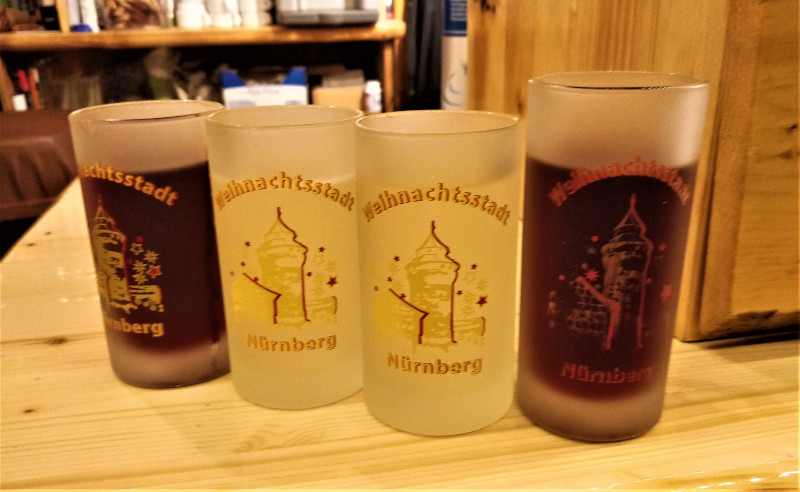
It’s that time of the year again and ritualistically speaking, I am ready to binge on Glühwein. Glühwein originated in Germany, that’s what I had in my mind. One day while I was busy explaining about Glühwein, somebody challenged my notion. That led to some hours of research about the origins of the blessed spirit. To my surprise, it wasn’t Germany. Read on to find out, where.
Glühwein – The Spirit of Christmas
Glühwein, literally translating to “glow wine”, refers to a luxurious concoction of traditional gingerbread spices like star anise, cinnamon or vanilla pods, ginger root, orange and extracts of oak wood. The specialty of the wine is the spicy aroma that oozes out of it, thanks to the addition of “Spices of Christmas”. Adding to it’s uniqueness is that it is served hot.
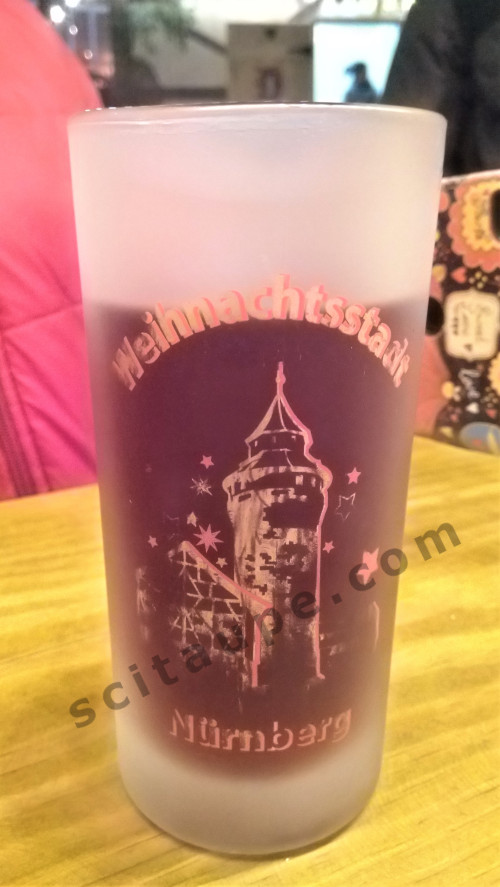
Sources and Types of Glühwein
The alcoholic wine is sourced from grapes or other fruits like cherry, blueberry or flowers like rose. Heidelbeerglühwein or Blueberry Glühwein is a popular choice in the Christmas Markets, a personal choice too. Red variety of the spiced wine is most common. However, Weisse Glühwein or mulled white wine is also available which is less popular than its red counterpart. A common practice of having Glühwein is to mix it mit schuss i.e. with a shot of hard drink of choice like rum or a digestif like Jägermeister.
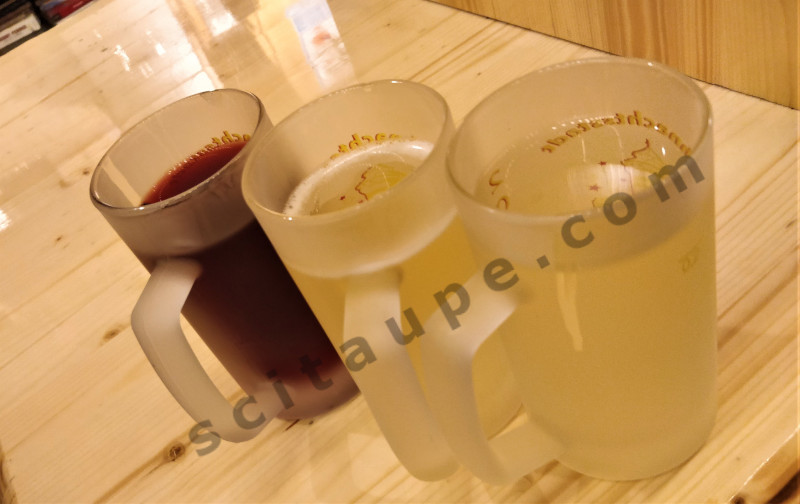
The Roman Connection
The origin of Glühwein can be traced back to no other place than the Romantic Rome.
Origin of Wine
The Roman empire has been the torch bearer of wine-making in world history. During their reign, large amounts of wine were produced, different techniques were explored. Wine was made available to all classes of people from peasants to royalty. Romans even traded in wine. The period during the 2nd century BC is said to the “Golden dawn of wine-making”. Wherever the Romans went, wine and the art of wine making followed.
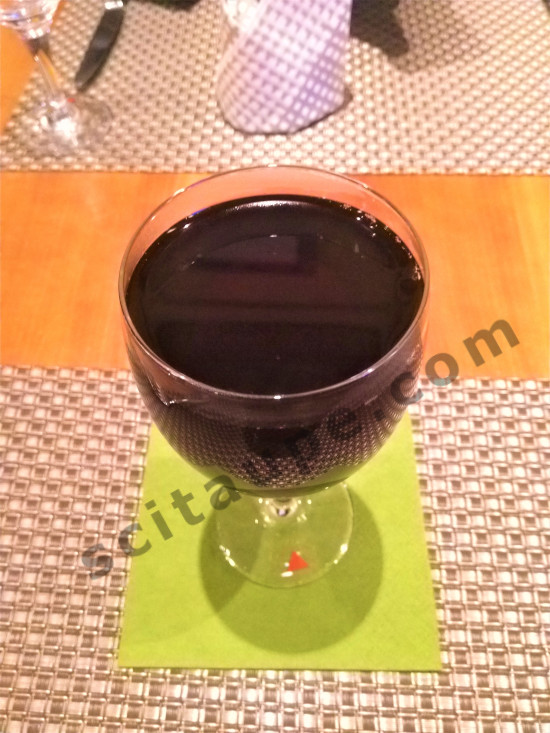
Origin of Glühwein
There are several theories behind the invention of the spiced wine. Some historians suggest that the Romans did not want to waste the excess of wine they produced and added spices and sugar to it make it taste better. Others claim that the Romans heated the wine to warm them up inside out during the cold winters.
How did Glühwein evolve in Nuremberg?
During the medieval ages, Nuremberg was famous for spice trade. Wine making technique had already been spread by the Romans. This is the time when merchants started creating their own spiced wine that came to be known as Glühwein. Today, Nuremberg’s spiced wine is world famous.
Tip: You can now stock up your favorite Nuremberg spiced wine thanks to the famous brand “Gerstacker”. Keep enjoying the spirit of Christmas, even after Christmas!
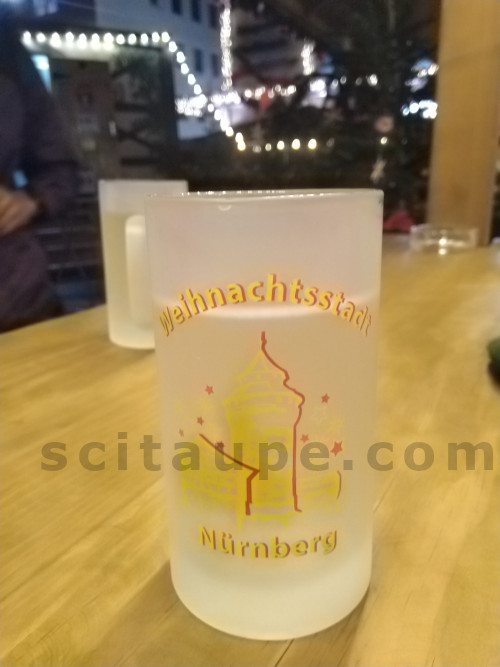
Health Benefits of Glühwein. Nevertheless, excess of anything is bad!
Glühwein has it’s own health benefits too. It is a great source of antioxidants which increase level of good cholesterol in our body. Cinnamon, a major ingredient, boasts of its anti-inflammatory properties.
Mulled Wine
Muddled or Mulled wine is a British relative of the German Glühwein. It is very popular during the festive times in the United Kingdoms.
Last but not the least…
This hot festivity-in-a-mug is available throughout Europe during December. If you are in France, Germany, Czech Republic, Austria, Hungary or even Russia, you know what you must do to keep yourself warm in the cold, cold winter. And coming back to where I started from, I may have lost the argument that day about the origin of Glühwein but I gained knowledge. Hope my little research helps you in finding the wine and reminiscing it’s history.
-X-
Read more articles on Christmas in Germany here.
1,145 total views, 1 views today



